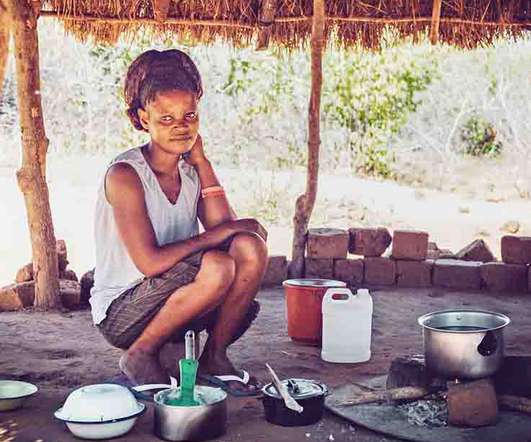BIPOC Leadership Challenges: 26 Tips To Increase Accessibility Across The Nonprofit Sector
Bloomerang
FEBRUARY 1, 2023
BIPOC communities are disproportionately impacted by social inequality, with higher rates of poverty and unemployment. Furthermore, many inner-city students face a range of social and economic challenges outside of school, such as poverty, crime, and family instability, which can make it difficult for them to succeed in school.













Let's personalize your content